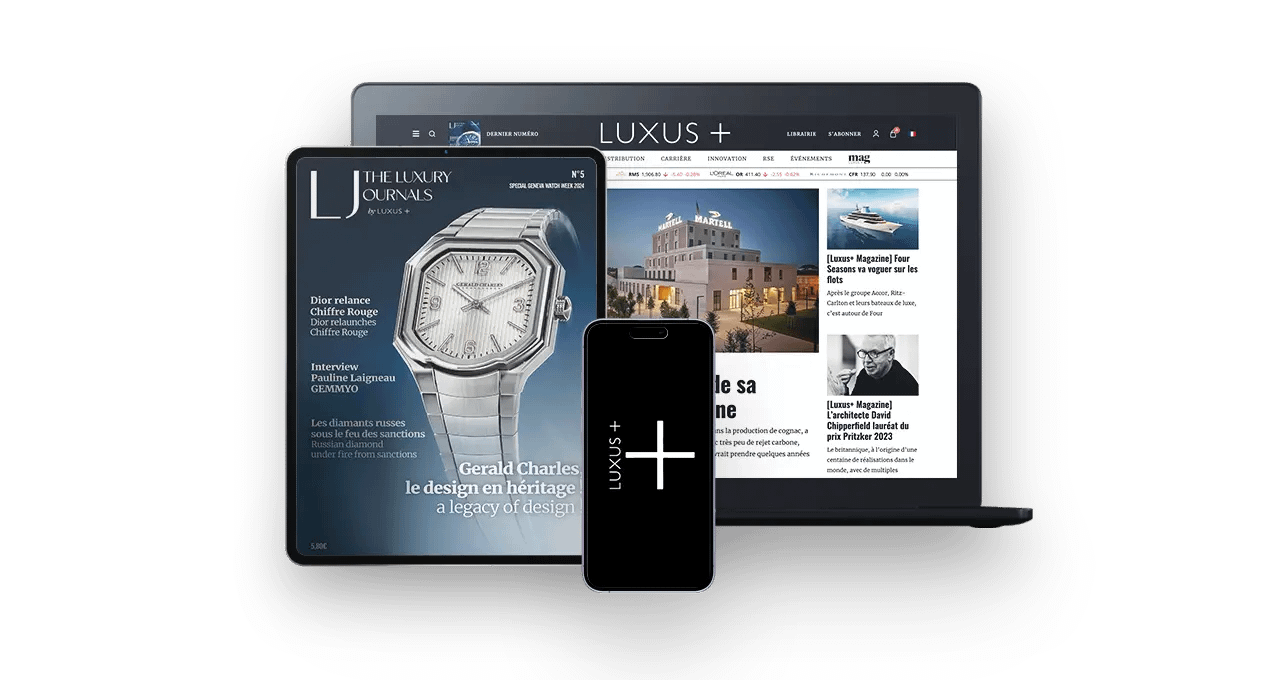The legal challenges facing luxury brands in the race to use the most innovative technologies are manifold.
In the first two episodes, Anne-Katel Martineau, a lawyer with LEXING- Alain Bensoussan Avocats, looks at how e-commerce sites can comply with digital platform law, and how to protect customer data and digital images, before tackling the third issue: cyber risks.
The digital transformation of luxury brands has considerably increased their exposure to cyber risks. Indeed, the increase in online sales has led to a multiplication of data flows and exchanges, which present all the more cybersecurity risks for individuals and companies. The current context of war and international tension does not help matters either in cyberspace or in physical stores.
Ransomware, phishing and spoofing
The luxury goods industry faces a number of cyber risks. For example, ransomware, phishing attacks and spoofing are on the increase.
Ransomware is malicious software or viruses designed to block access to a computer or files, and demand that the victim pay a ransom to regain access. Very often, cybercriminals exploit known software vulnerabilities whose patches have not been updated by victims, due to a lack of vigilance or knowledge of cyber risks.
Phishing is a fraudulent technique designed to lure Internet users into disclosing personal data by pretending to be a trusted third party.
Spoofing is another trend with serious repercussions for brands, both in terms of e-commerce and brand reputation. This brand spoofing technique aims to lure buyers with attractive offers on luxury products, only to direct them to fake websites and defraud them.
In addition, a Distributed Denial of Service (DDoS) attack is used to saturate a website by sending multiple requests to a server. This makes it impossible to access the targeted website, and obviously impacts brand image.
NFT
Read also > [CHRONICLE] LUXURY & TECHNOLOGY LEGAL ISSUES – EPISODE 2: PROTECTING CUSTOMER DATA AND DIGITAL IMAGES
Featured Photo: Wesley Tingey/Unsplash





































